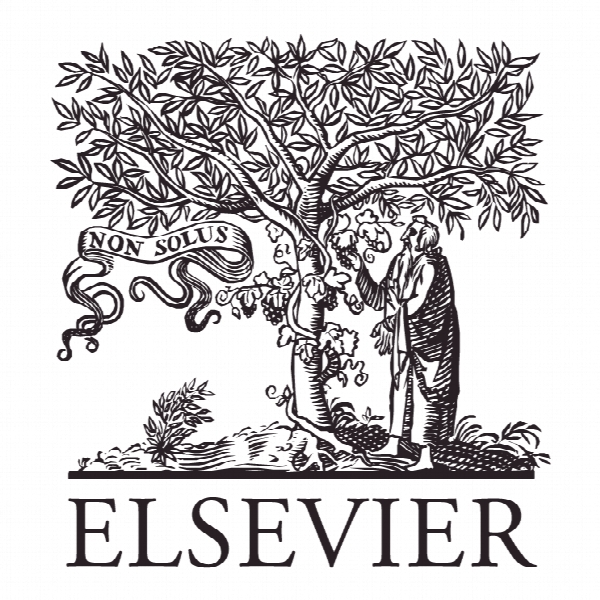برونو لاتور و نیکلاس لومان به عنوان نظریه پردازان سازمان Bruno Latour and Niklas Luhmann as organization theorists
- نوع فایل : کتاب
- زبان : انگلیسی
- ناشر : Elsevier
- چاپ و سال / کشور: 2017
توضیحات
رشته های مرتبط مدیریت
مجله مدیریت اروپایی – European Management Journal
دانشگاه موسسه تحقیقات گوتنبرگ، گوتنبرگ، سوئد
نشریه نشریه الزویر
مجله مدیریت اروپایی – European Management Journal
دانشگاه موسسه تحقیقات گوتنبرگ، گوتنبرگ، سوئد
نشریه نشریه الزویر
Description
1. Latour and actor-network-theory 1.1. How macro actors are constructed For many decades, social scientists dutifully studied the phenomenon of power, usually assuming its existence as a starting point, and then illuminating its effects and consequences. Yet after the end of the power of hereditary monarchies, a legitimate question should be: Who has power, and why is it those people and organizations and not the other? The question was rarely formulated, at least in English, until 1981, when two French authors e Michel Callon and Bruno Latour e published a chapter in an anthology edited by Karin Knorr and Aaron Cicourel.1 The chapter’s title was “Unscrewing the Big Leviathan or How Do Actors Macrostructure Reality and How Sociologists Help Them to Do So”. It began by reminding the readers of Hobbes’ idea that society emerged from a contract among individuals who form an association and have their wishes expressed by a common spokesperson. In this way, a “Leviathan” is constructed. To outside observers, such macro actor e a State, a global corporation e appears to be much larger than any of the individuals that form it, and its true character e that of a network e remains hidden and forgotten. And yet Callon and Latour insisted that it is the very construction of such macro actors that needs to be studied, including negotiations, conflicts, even wars e but first of all, the building and maintaining of associations. As I noted earlier (Czarniawska, 2017a), two sources of inspiration could be detected in Callon and Latour’s chapter. One was Michel Serres’ (1974/1982) concept of translation (moving anything from one place to another changes not only what is moved, but also the mover e the translator. The other was actant theory (a version of structuralist analysis proposed by Algirdas Julien Greimas). An actant is a being or a thing that accomplishes or undergoes an act; thus actants could be people, but also animals, objects, and concepts (Greimas and Courtes, 1982 : 5). The use of the Greimasian model is especially visible in Latour’s “Technology Is Society Made Durable” (1992), in which he analyzed the history of the Kodak camera and the emergence of a mass market for amateur photographers2 The story is built as a story of meetings of “narrative programs” (another Greimasian term) of many actants, with Kodak as a macro actor and a winner.


